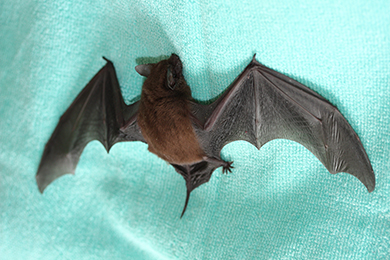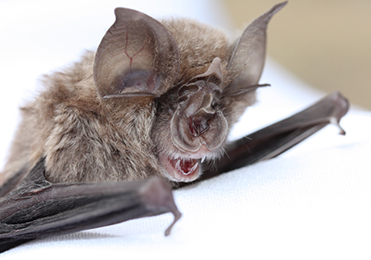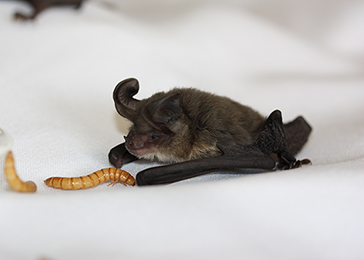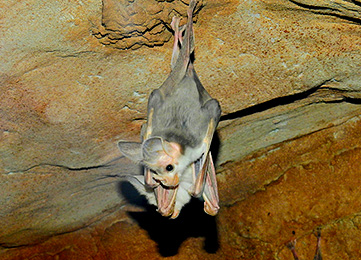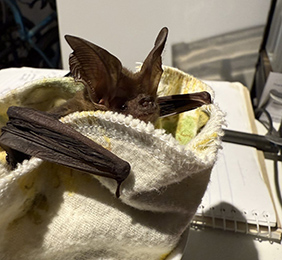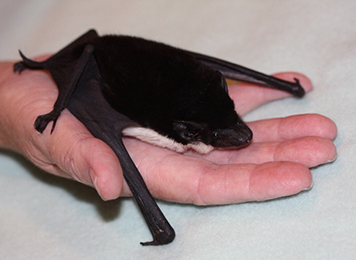MICROBATS
Australia’s Microbats — The Silent Guardians of the Night
As the final glow of the sun melts into the horizon and the first stars pierce the velvety night sky, an almost invisible shift occurs in the Australian landscape. The day’s chorus quietens, and from tree hollows, rocky crevices, and hidden rafters, the microbats emerge — tiny, winged mammals that are among nature’s most extraordinary night-time navigators.
Meet the Microbat
Microbats belong to the suborder Microchiroptera, and Australia is home to over 60 species of these dazzlingly diverse creatures. Some are so small they weigh only five grams — about the weight of a teaspoon of sugar — yet their ecological impact is immense.
Unlike their larger fruit-eating cousins, the flying-foxes, microbats are insectivores and masters of echolocation. By producing high-frequency calls that bounce off objects, they can map their surroundings in complete darkness. Their sonar is so precise, they can detect — and capture — a mosquito mid-flight.
The Nightly Feast
A single microbat can devour up to half its body weight in insects each night. This includes moths, beetles, and mosquitoes — many of which are pests to crops and people. In doing so, microbats act as natural pest controllers, reducing the need for chemical pesticides and helping to maintain ecological balance.
Masters of Adaptation
Microbats are found across Australia’s varied landscapes:
- Rainforests — roosting in hollow trees and beneath dense foliage
- Deserts — sheltering in rock crevices from the heat of the day
- Cities and towns — finding refuge in building eaves and sheds
Whether in the outback or an urban garden, they always roost upside down, a position that allows them to take flight in an instant.
Small But Long-Lived
One of their most surprising traits is longevity. Despite their tiny size, many microbat species can live more than 20 years. This is exceptional among small mammals and speaks to their resilience — when their environment is healthy.
A Fragile Future
Like many wildlife species, microbats face growing threats:
- Habitat loss from land clearing and urban expansion
- Climate change altering insect availability and roosting conditions
- Pesticide use reducing their food supply and poisoning their prey
These pressures mean their survival depends on healthy habitats and informed human action.
How We Can Help
- Protect old trees and natural roosting sites
- Reduce pesticide use in gardens and farms
- Support conservation programs focused on bat habitat restoration
- Learn more about microbats and share their story
Why They Matter
Microbats are more than just fascinating — they are vital threads in Australia’s ecological tapestry. Their silent, unseen work each night keeps insect populations in check, benefits agriculture, and supports biodiversity.
The next time you step outside on a warm evening, pause and listen to the quiet hum of the night. Somewhere above, a microbat may be weaving through the darkness, each beat of its wings a reminder of the delicate balance that sustains life — and our shared responsibility to protect it.

